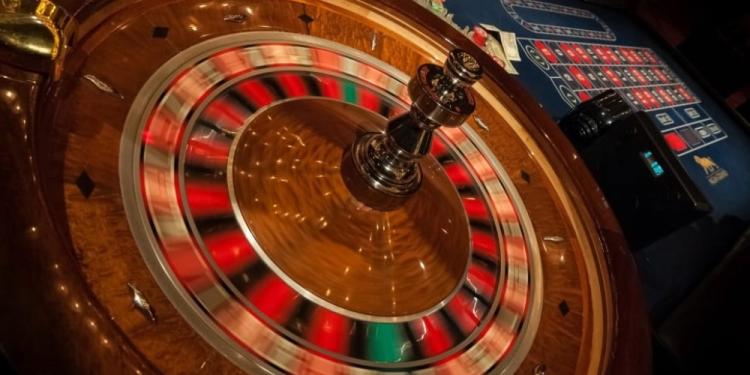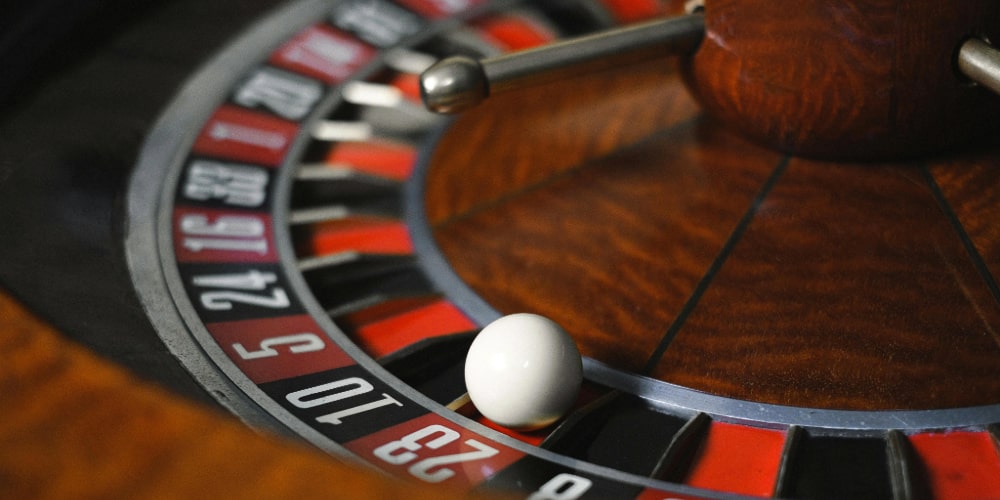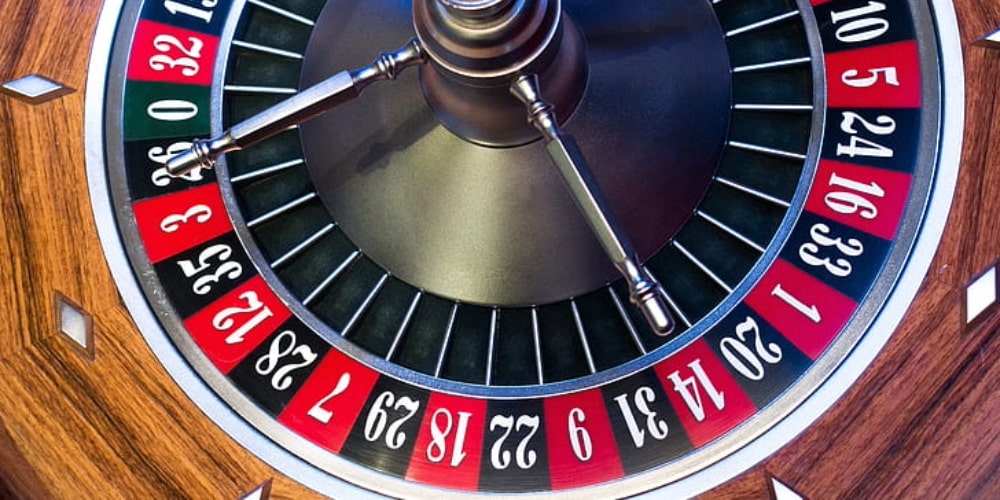The World’s Top Weirdest Roulette Game Variations
Posted: July 11, 2024
Updated: July 11, 2024
When casino players think of roulette, they generally come up with the three major variants; French, European, and American. However, there are a subset of weirder versions awaiting players looking for something different. Whether it's having a mouse choose the pockets or doing away with the wheel altogether and replaving the gameplay with a rubber ball, roulette offers excitement to all players.

Throughout history, popular games of chance have appeared in many unusual variations. Some, like improved versions of roulette, paved the way for the online casino games we know today. Others, like roulette variations with oddly configured wheels, simply faded from favour. These experimental or established games were once fixtures in casinos, with some still persisting in specific regions.
While French, European, and American Roulette reign supreme at online casinos like Bet365 Casino, there are forgotten and the weirdest roulette game variations that offer a glimpse into the game’s evolution. Their differences lie in the wheel layout, table design, spinning mechanisms, and how the winning outcome is determined. Today at Gamingzion.com, we’ll delve into these unique versions and explore how they differ from the roulette we know and love.
Mouse Roulette – Probably One Of The Weirdest Roulette Game Variations
Believe it or not, in one of the weirdest roulette game variations, a real mouse once played a role in determining roulette outcomes! This wasn’t a mere spectacle, but a short-lived attempt to combat casino cheating. In the 1930s, rigged wheels and hidden magnets plagued roulette. Enter Mouse Roulette, invented by Everett MacDonald. According to online casino news in the UK, instead of numbers, 56 holes housed glass traps containing cards (a deck plus four extra symbols). The spinning wheel released a mouse in the centre, and the trap it scurried into determined the winner. Debuting in 1936 at Harolds Club, Reno, Mouse Roulette lasted just one night. Though a recent TikTok revival sparked interest, this bizarre game remains a relic of casino history.
La Boule And French Bull Roulette
Delve into the lesser-known world of roulette with La Boule and French Bull, two unique variations hailing from France (though French Bull found more fame in Southeast Asia). Unlike the familiar numbered wheel, both utilise a rubber ball and a different playing surface. La Boule employs a classic wheel with 18 holes, assigning two pockets to each number from 1 to 9. Colours come into play, with 1, 3, 6, and 8 sporting black, while 2, 4, 7, and 9 are red. Number 5 stands out in sunny yellow, mirroring the zero in standard roulette.
Simplicity reigns supreme with these weirdest roulette game versions, with La Boule offering only two betting options – even money bets (red/black, high/low) and single numbers. However, this simplicity comes at a cost for the player. The house edge here is a hefty 11.11%, more than double that of American Roulette! This disadvantage stems from the lack of equally distributed numbers. Each number in La Boule has an equal chance of landing, but the payout reflects only the type of bet, not the specific number chosen. As a result, the casino gains a significant advantage.

French Bull takes an even more unusual approach, ditching the wheel altogether. Here, a rectangular tray with 67 numbered pockets awaits the bouncing rubber ball. While numbers 0 to 9 are still present, their distribution is far from even. Numbers 1-7 appear a lucky seven times each, while 8, 9, and 0 lurk in just six pockets. This asymmetry creates a fascinating twist – the odds of a specific number landing are not equal, though the payouts remain the same for each bet type.
This means a strategic player can gain a slight edge by focusing on bets that favour the less frequent numbers (0, 8, or 9) or specific three-number combinations (1, 4, and 7). Despite these quirks, both La Boule and French Bull remain a footnote in roulette’s history, a testament to the game’s evolution and some of the weirdest roulette game variations ever attempted to create a new experience for casino players.
Minnesota Tri-Wheel Roulette
A unique take on roulette exists in Minnesota in the form of the Tri-Wheel. This paddlewheel game is one of the weirdest roulette game variations and features three concentric rings, each boasting its own numbered sections: the innermost orange ring (1-10), the middle yellow ring (1-20), and the outermost blue ring (1-40). When the wheel spins, a clapper lands on a winning number from each ring, offering a variety of betting options. Players can wager on individual numbers across any or all rings, lines of numbers on the yellow and blue rings, or even/odd on the blue ring. However, unlike standard roulette, bets encompassing multiple numbers within the layout itself are not allowed.
Despite offering a social and engaging experience for players, the Minnesota Tri-Wheel boasts a considerably high house advantage. Authorised in 1987, it might seem like a game to avoid at first glance. However, there’s a twist. The Tri-Wheel isn’t found in casinos, but rather in bars, restaurants, and charitable fundraising events across Minnesota. Due to state laws restricting games of chance in these settings, the high house edge serves a purpose – it helps generate revenue for charities and local organisations.
Weirdest Roulette Game Variations – Big Six Wheel Roulette
Forget the numbered wheel – Big Six Wheel, a roulette variant, features a giant one (over six feet!) divided into 54 sections. Each section displays a symbol, often currency amounts or the casino’s logo. Players wager on which symbol the “clapper” (a flexible pointer) will land on after the spin.

While similar to carnival Wheel of Fortune games, which are also found among the live dealer games of Bet365 Casino, Big Six Wheel lacks the roulette ball. Payouts mirror the chosen symbol: currency symbols return their face value, while logos offer a whopping 40 to 1 payout, though with significantly lower odds of landing.
The dilemma for players in one of the weirdest roulette game variations lies in the payoff structure. Betting the minimum stake on a currency symbol offers a meagre return, even if it wins. Conversely, logo bets promise high rewards but with slim chances. Multiple bets per spin are an option, requiring strategic calculations like in standard roulette. Interestingly, the “safest” bet – $1 – comes with the lowest profit rate and a house edge of 11.11%. Other bets range from 16.67% to 24.07% house advantage. Primarily played in the US and Australia, Big Six Wheel and its variations (Lucky Big Wheel, Dream Catcher, etc.) offer a distinct roulette experience, albeit with a higher house edge compared to other versions.
Some Differences Of The Roulette Versions
In the world of games of chance, popularity breeds variation, just like successful products spawn new versions. Take roulette, for example. Its weirdest roulette game variations are a testament to its enduring popularity. This highlights a key difference between games and other products. While a tweaked design might not impact a cleaning product’s performance, any change in roulette’s rules or layout dramatically alters the odds. For example, adding a single zero to the wheel, as in American Roulette, doubles the house edge compared to European Roulette.
However, the allure of roulette goes beyond pure maths. Players seek not just the best odds, but also an enjoyable experience. The best and weirdest roulette game variations can be a source of fun, and who knows? Perhaps one day, a seemingly strange twist on roulette could become the new standard at all the top online casino sites in the UK, proving that entertainment can trump pure mathematical advantage.
Click here to try the live casino at bet365 Casino












